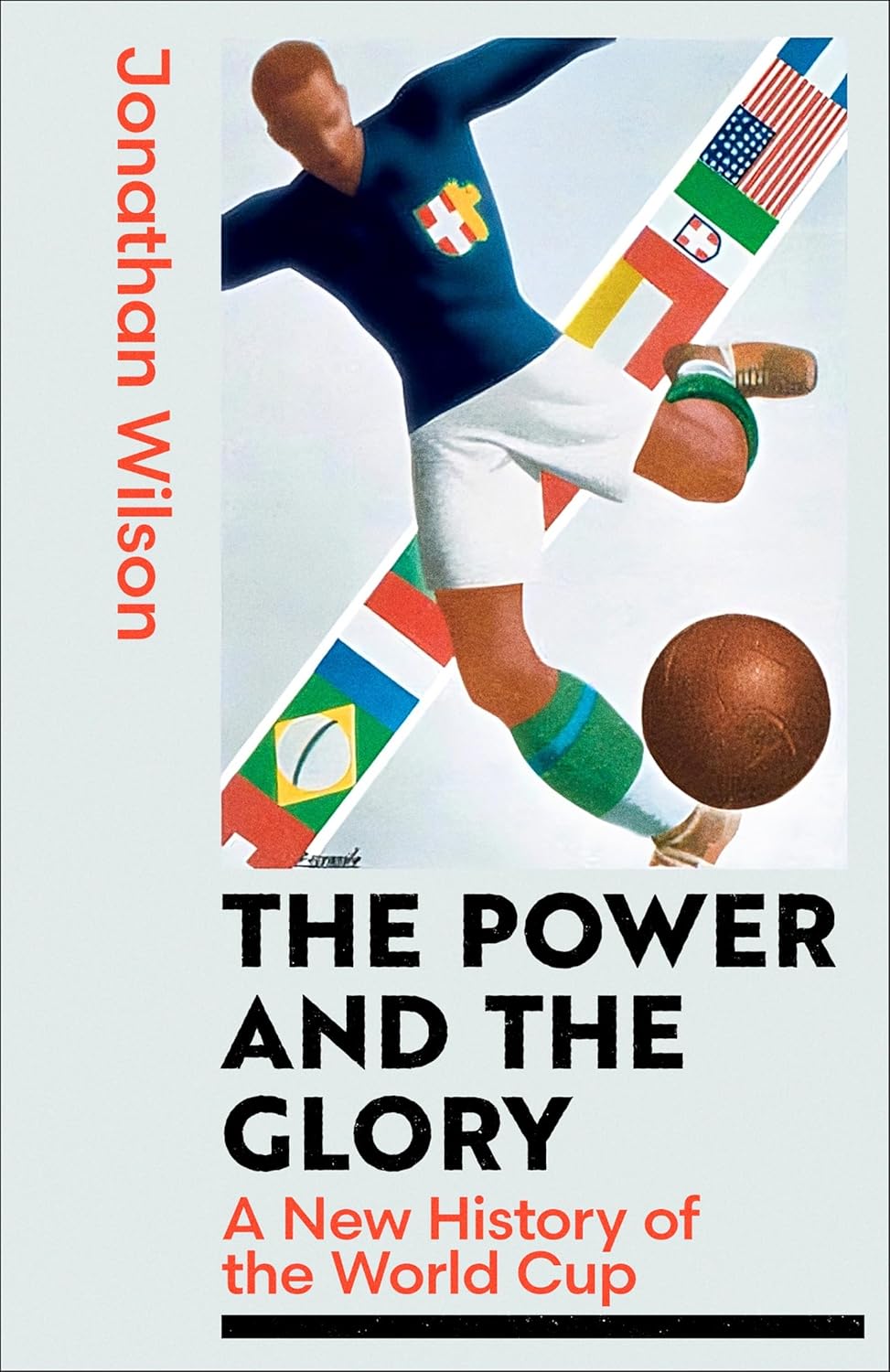The Goal Standard


Long before the inaugural FIFA World Cup, it was evident that football could sell. In 1897, a day after the battle of Cerro Colorado, 1,500 spectators showed up to watch Uruguayan club, Albion, take on a British naval side. At the Summer Games in 1928, the demand for tickets to the final was eight times the Amsterdam stadium’s capacity.
By the time Uruguay hosted the first World Cup in 1930, the mania was palpable. It didn’t matter that just 13 teams played nor that the stadiums were incomplete. About 68,000 fans thronged the final in Montevideo, while another 25,000 are believed to have squeezed in without a ticket.
The football phenomenon has only grown exponentially. In 2022, Qatar welcomed over a million visitors for the World Cup. According to FIFA, the final was watched by about 1.5 billion across the globe. Once in four years, this spectacle and the stars transform the average sports enthusiast into an ardent follower. Then of course, there are the fanatics who live every moment of the beautiful game.
Football has long been a tool of power—from fascist and communist regimes in Europe to military oligarchs in South America. Today, the game bends to the ambitions of powerful men who shape its future. Alongside the magic on the field thrives another football—one of greed, control and manipulation. It is this duality that journalist Jonathan Wilson explores in The Power and the Glory: A New History of the World Cup.
Dharmendra
28 Nov 2025 - Vol 04 | Issue 49
The first action hero
A look at the 2022 World Cup will put things in perspective. The world was aghast when Qatar was handed hosting rights in 2010, given its lack of football pedigree. It was followed by accounts of human rights violations and the death of migrant workers while creating infrastructure for the tournament. Investigation into corruption and bribery eventually forced former FIFA president Sepp Blatter out of power.
But the tournament rolled on as per schedule. And it will be best remembered for one of the most spectacular finals in World Cup history, a six-goal thriller between Argentina and France, and the long-awaited coronation of Lionel Messi on the world stage. When the Argentina skipper was wrapped in a bisht, a traditional Arabic garment, by the Emir of Qatar, it was a cheeky cock-a-snook at the world at large, symbolic of the power of money and how it drives sport today.
For most fans, these controversies fade with time. What remains are the narratives, rivalries and legends that have raised the appeal of the World Cup—the rise and fall of Uruguay’s Jose Leandro Andrade, Cesar Luis Menotti’s transition from car salesman to World Cup-winning coach, Diego Maradona’s infamous Hand of God, Australia’s curse that lifted only after the voodoo Gods were appeased, and the whipping that humbled the mighty Brazilians at home. It is these nuggets that make the game human. And add to it, Wilson’s engaging narration as he relives every World Cup and the circumstances that shaped them.
Next year, the World Cup returns to the US. In 1994, the idea of hosting it in a country indifferent to ‘soccer’ drew scepticism. The previous World Cup was drab to say the least—just 2.21 goals per game, the lowest in the tournament’s history. There was an urgent need to light up the game.
But by the end of the tournament, the results were quite remarkable. The average attendance was 30 per cent more than any other edition and generated twice the expected profit. And it birthed Major League Soccer—now home to World Cup winners like Messi, Sergio Busquets and Olivier Giroud.
The past and the future make it clear that the experimentation is here to stay. The 2026 World Cup will be expanded to include 48 teams. It will be the first time the tournament will be co-hosted by three nations—Canada and Mexico, alongside the US. Four years later, it will be held across three continents, South America, Africa and Europe, followed by oil-rich Saudi Arabia in 2034. Expect more fireworks, both on and off the field, in the time ahead.
